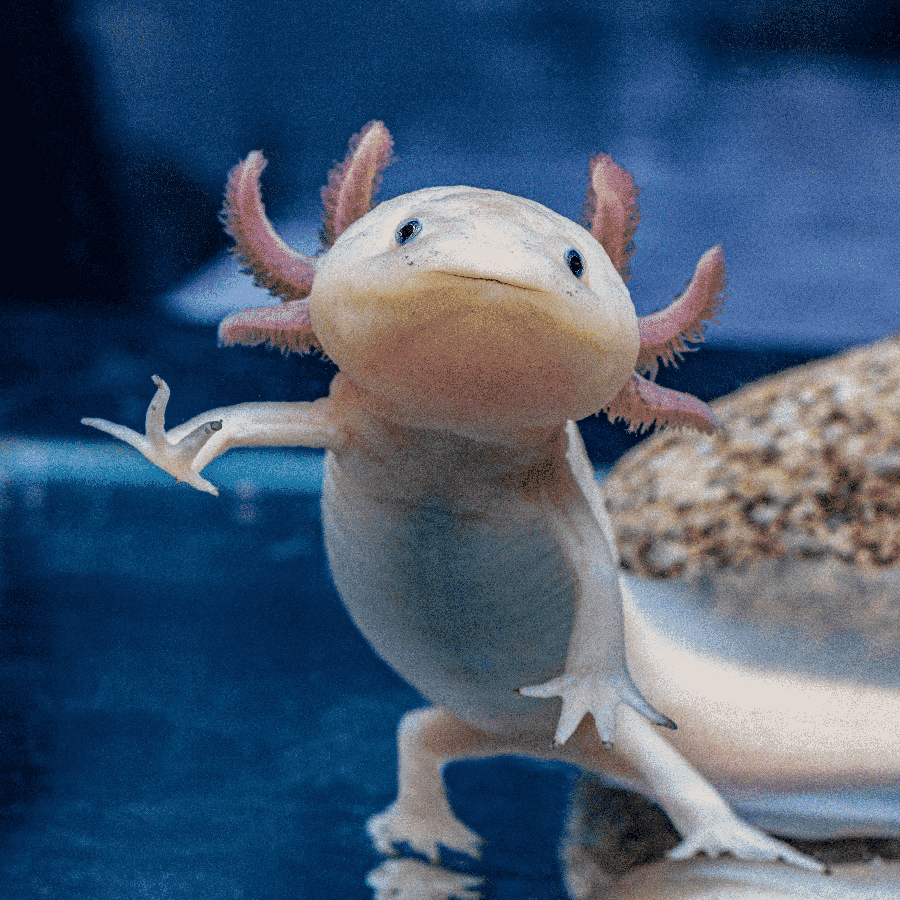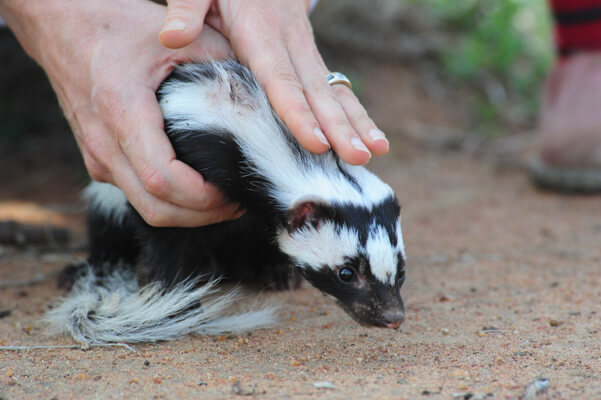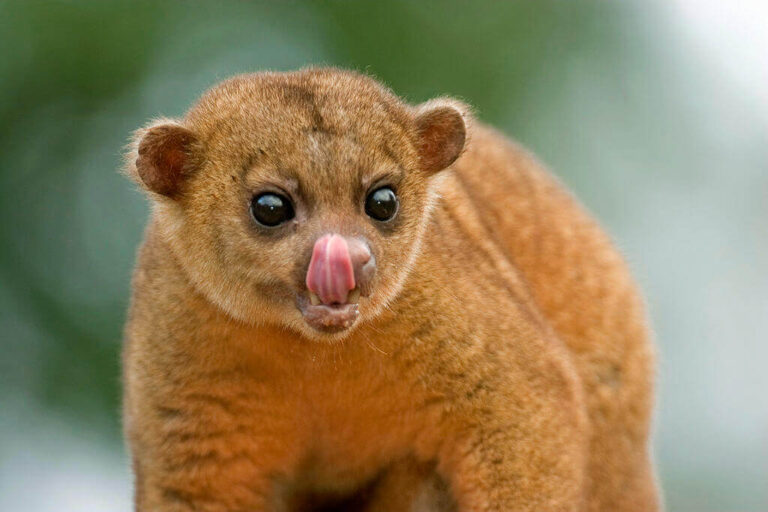Axolotl: Unique Salamander, Regeneration, and Conservation Status
The Axolotl (Ambystoma mexicanum) is a unique and fascinating amphibian known for its remarkable regenerative abilities and distinct appearance. Commonly referred to as the “Mexican walking fish,” the Axolotl is not a fish but a type of salamander.
This guide explores Axolotl’s scientific classification, physical characteristics, habitat, behavior, diet, reproduction, predators, and conservation status. Additionally, we delve into its evolutionary history, relationship with humans, and some captivating facts that make this creature one of nature’s marvels.
Contents
Scientific Classification
- Kingdom: Animalia
- Phylum: Chordata
- Class: Amphibia
- Order: Urodela
- Family: Ambystomatidae
- Genus: Ambystoma
- Species: Ambystoma mexicanum
The Axolotl belongs to the family Ambystomatidae, commonly known as mole salamanders. Its scientific name, Ambystoma mexicanum, reflects its origin in the lake systems of Mexico.
Physical Characteristics

The Axolotl is instantly recognizable due to its unique features:
- Size: Adult Axolotls typically grow between 6 to 18 inches (15 to 45 cm) in length.
- Color: Wild Axolotls are usually dark with speckles of gold or olive, while captive-bred varieties can appear in various colors, including white (leucistic), golden albino, and melanoid.
- External Gills: One of the most distinctive features is the set of three external gill stalks (rami) protruding from either side of their heads. These gills are covered with feathery filaments that facilitate gas exchange.
- Limb Regeneration: Axolotls are known for their extraordinary ability to regenerate lost limbs, spinal cord, heart, and other organs without scarring.
- Neoteny: Unlike most amphibians, Axolotls remain in their larval form throughout their lives, a phenomenon known as neoteny. They retain their aquatic, gilled form and do not undergo metamorphosis like other salamanders.
Habitat and Distribution
- Natural Habitat: Axolotls are native to the ancient Xochimilco and Chalco lake complex in the Valley of Mexico, near Mexico City. The remnants of these once-extensive water bodies now exist as a network of canals.
- Environment: They prefer freshwater lakes with abundant aquatic vegetation and a moderate temperature range of 60-64°F (16-18°C).
- Current Status: Due to urbanization, water pollution, and invasive species, their natural habitat has significantly reduced, confining them to a few isolated canals and water bodies.
Behavior and Lifestyle

- Nocturnal Creatures: Axolotls are primarily nocturnal and tend to be more active during the night.
- Solitary Nature: They are solitary creatures that come together mainly for breeding.
- Movement: They exhibit “walking” behavior on the lakebed, using their limbs and tails for propulsion when swimming.
- Adaptability: While predominantly aquatic, they can occasionally survive in low-water conditions by breathing through their skin and gills.
Diet and Feeding Habits
- Carnivorous Diet: Axolotls are carnivorous and feed on various prey, including worms, insects, crustaceans, and small fish.
- Feeding Mechanism: They use a suction-based method to ingest food, quickly snapping their jaws to create a vacuum that pulls prey into their mouths.
Reproduction and Life Cycle
- Breeding Season: Axolotls typically breed in the wild between March and June.
- Courtship Behavior: Males perform a courtship dance to attract females, during which they deposit spermatophores (packets of sperm) that the female picks up to fertilize her eggs.
- Egg Laying: A female can lay between 100 and 1,000 eggs simultaneously, attaching them to aquatic plants or rocks.
- Hatching and Development: The eggs hatch within two to three weeks, and the larvae are independent from birth. Unlike other amphibians, Axolotls do not undergo metamorphosis and remain in their larval form throughout their lives.
Predators and Threats
- Natural Predators: Axolotls have few natural predators in their natural habitat due to their unique ecosystem. Birds, such as herons, and larger fish may prey on them.
- Human Impact: Habitat destruction, water pollution, and the introduction of invasive species, such as tilapia and perch, have significantly impacted Axolotl populations.
- Conservation Threats: Axolotls are critically endangered in the wild, with a population decline of over 80% in recent decades due to habitat loss and water contamination.
Conservation Status
- IUCN Status: The Axolotl is listed as “Critically Endangered” by the International Union for Conservation of Nature (IUCN).
- Conservation Efforts: Efforts to conserve the Axolotl include captive breeding programs, habitat restoration in the Xochimilco canals, and public awareness about their ecological importance.
- Challenges: Despite these efforts, challenges such as water pollution, urban development, and illegal capture of the pet trade continue to threaten their survival.
Interesting Facts About Axolotls
- Regenerative Abilities: Axolotls can regenerate limbs and parts of their heart, lungs, and brain without any scarring.
- Neotenic Wonders: Axolotls remain in their juvenile aquatic state for life, but they can be induced to undergo metamorphosis with hormonal treatment.
- Genetic Model Organism: Due to their regenerative capabilities and unique genetic properties, Axolotls are extensively used in scientific research to study tissue regeneration and developmental biology.
- Cultural Significance: In Aztec mythology, the Axolotl is associated with the god Xolotl, who is said to have transformed into a creature to avoid sacrifice.
Evolutionary History
- Ancient Origins: The Axolotl is believed to have diverged from other salamanders millions of years ago, adapting to its unique freshwater environment.
- Neoteny Evolution: Scientists speculate that the neoteny exhibited by Axolotls is an evolutionary adaptation to their stable aquatic habitat, reducing the need for a terrestrial adult form.
Relationship with Humans
- Pet Trade: Axolotls have become popular pets worldwide due to their exotic appearance and relatively low maintenance. However, this has also led to concerns about the illegal capture and trade of wild specimens.
- Educational Importance: Axolotls serve as educational tools in classrooms and laboratories, providing insight into amphibian biology, regeneration, and environmental science.
- Symbol of Conservation: As a flagship species, Axolotls highlights the importance of conserving freshwater habitats and native species in Mexico.
Conclusion
The Axolotl is a remarkable example of nature’s wonders, unique biological features, regenerative capabilities, and fascinating evolutionary history. While they face significant threats in the wild, efforts to preserve their natural habitat and raise awareness about their ecological importance are crucial. Through understanding and conservation, we can help ensure that this “walking fish” continues to captivate and inspire future generations.
- Golden Retriever Pros and Cons: What Every Pet Parent Should Know - 15 September 2025
- Cane Corso Dog Breed: Health, Care, and Lifespan - 14 September 2025
- Catahoula Leopard Dogs: Description, Temperament, Lifespan, & Facts - 21 July 2025







